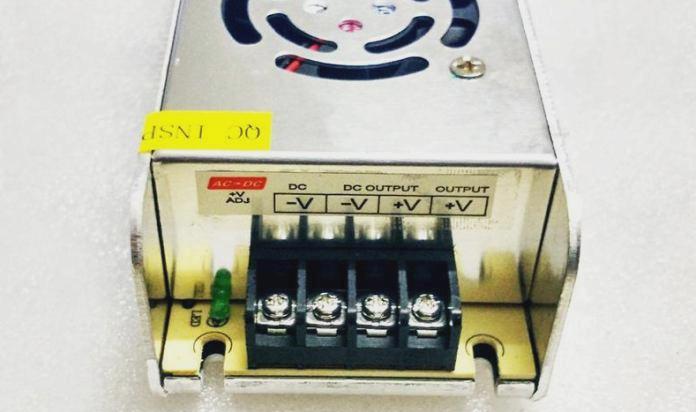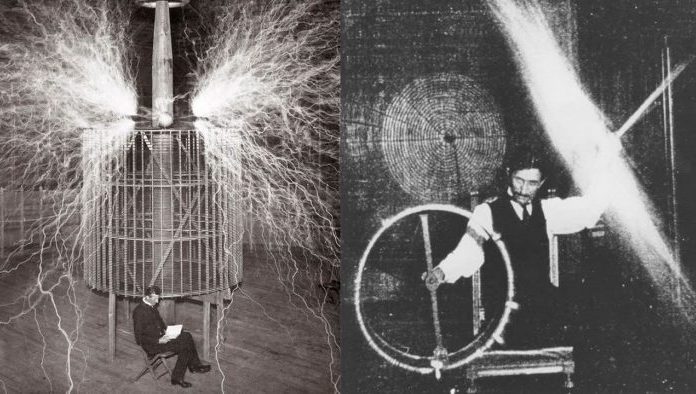Categories: Safety precautions
Number of views: 14536
Comments on the article: 2
Which current is more dangerous, direct or alternating?
Danger of alternating current of low (mains) frequency
When there was a “current war” between Nikola Tesla and Thomas Edison, one of Edison’s main arguments against Tesla's alternating current systems was precisely the argument that alternating current was deadly to humans. And it really is - AC low frequency (50-60 Hz) already at a voltage of 48 volts can cause significant harm to human health up to cardiac arrest. The average person will not even feel a constant current at the same 48 volts.
But today, it is precisely low-frequency alternating current that is used to transfer electric power over long distances, it is easily converted by transformers, leads to less energy loss, and is suitable for powering electric motors. Therefore, the current from the outlet is actually deadly. This fact cannot be underestimated.
DC safety at low voltage
Constant current is safe only at low voltage. For example, during the well-known therapeutic procedure, electrophoresis uses direct current with a voltage of up to 60 volts to ensure effective absorption of the drug into living tissues of the human body. In this case, the current through a small area of the body does not exceed 50 mA. A person only experiences a slight tingling sensation but not a shock.
But if the current on the electrodes of the device turned out to be alternating low-frequency (as in a socket), then this would cause harm to health, the patient’s heart rate could be impaired. Thus, we can say with a stretch about direct current that at low voltage (less than 48 volts) it is safer than alternating current.

High Voltage DC Hazard
Of course, with direct current, not everything is as clear as it might seem. The discharge of the capacitor - it is in fact - also direct current. However, there are cases when a capacitor discharge through a person’s hands when the voltage at the electrodes is 500 volts led to a disturbance in the heart rhythm, so the patient needed urgent hospitalization. Therefore, direct current is deadly. It all depends on the voltage. Direct current with a voltage of more than 100 volts is dangerous.
High Frequency AC Safety
At the same time, alternating current with a voltage of even thousands of volts can be safe, but only if its frequency exceeds 20,000 Hz. Nikola Tesla He passed through his own body (for demonstration purposes) a high-frequency current at a voltage of more than 100,000 volts and remained alive and unharmed.
But such a miracle became possible only due to the fact that the frequency of the current exceeded 100 kHz, and the main current passed along the surface of the body without penetrating into the internal organs. Therefore, high-frequency current is safer than low-frequency alternating current (more than 48 volts) and direct current (more than 100 volts).

In fact, everything is relative
The conclusion here may sound like this. Within 100 volts at the same value of the effective voltage, an alternating low-frequency current (50-60 Hz) is much more dangerous than direct current at the same effective voltage. But at voltages higher than 100 volts, one can only hope for safety under the conditions that the current is high-frequency - with a frequency of 20 or more kilohertz. If, at a voltage of more than 100 volts, the current is constant or low-frequency alternating (50-60 Hz), this is much more dangerous. What do you think about this?
See also at e.imadeself.com
:
